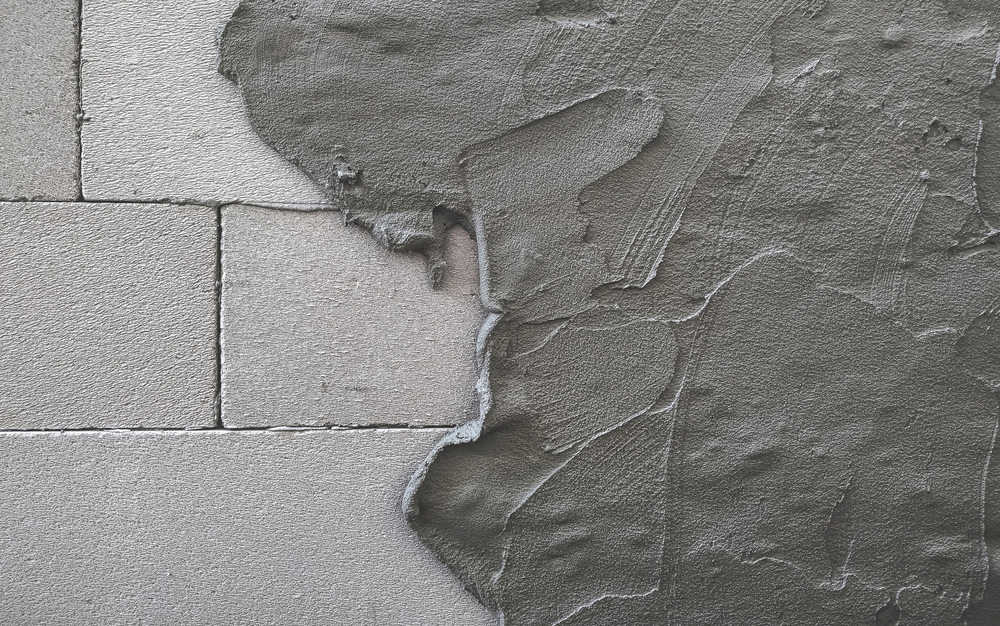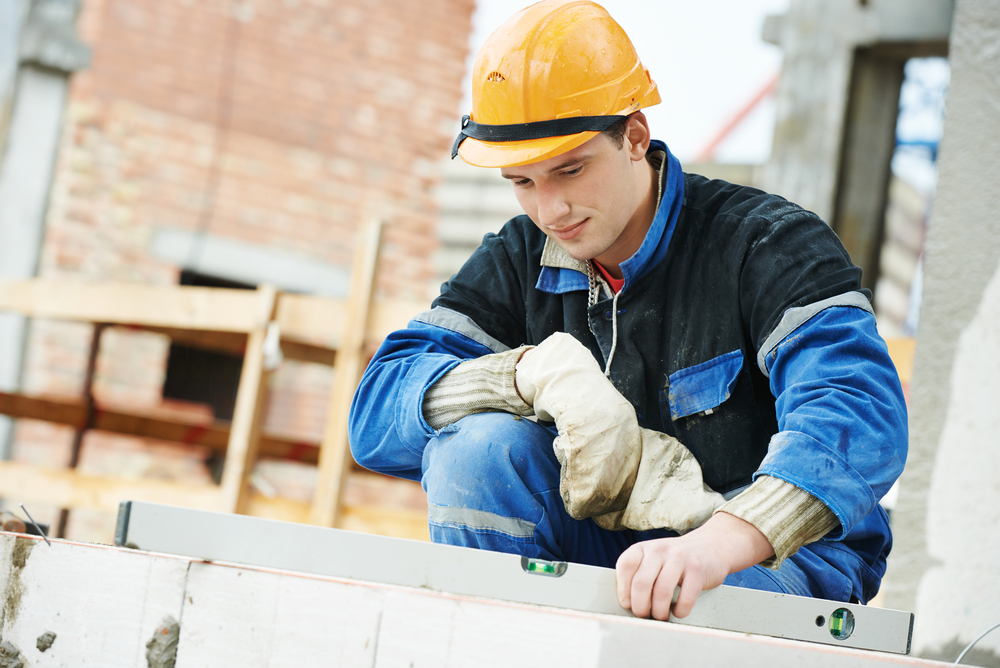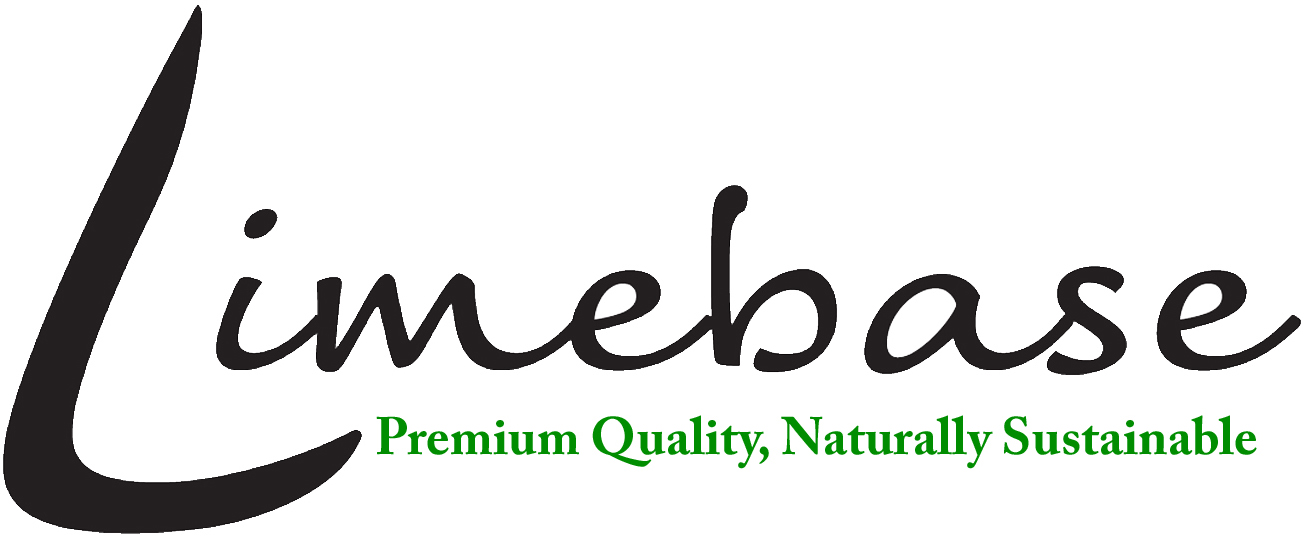Lime mortar is indeed one of the best materials for construction work, having been utilized for centuries due to its durability, flexibility, and eco-friendliness. However, there are 2 main types of lime used to create lime mortar. Both types of lime have different drying characteristics, which can cause confusion.
In this blog post, we are going to look at some of the different elements related to lime mortar, how long it takes to dry, and the factors that can influence this. We are also going to look at and explore how Limebase can help you manage your lime products better and use lime mortar to improve your construction needs.
Factors Affecting Lime Mortar Drying Times
There are many factors that will impact lime mortar drying times. Understanding these factors is essential. In some cases lime mortars could dry too quickly causing the mortar to fail, while in other circumstances lime mortars may never fully cure.
Here are some of the key factors that can influence drying times:
Type of Lime Mortar

Hydraulic lime:
Hydraulic lime sets due to a process called Hydrolysis, which is similar to the way cement mortar sets. This is ideal when you are working in wet areas, as it sets much fasters than non-hydraulic limes, but it is also less breathable and flexible.
Non-hydraulic lime
Environmental Conditions
Environmental conditions have the biggest impact on lime mortar drying times. For example, areas sheltered from wind and sunshine will dry more slowly than areas exposed to the elements. It’s important that lime dries slowly, as this allows it to gain a good hard set.
Lime must be protected from strong sun, wind, or hot conditions, or it will likely fail (usually going white and crumbly). The best way to protect lime is to regularly mist spray with water for 3 days (longer if using non-hydraulic lime), making sure it dries very slowly. If you are struggling to keep your lime mortar from drying too quickly, hanging damp hessian in front will help control the curing process.
Lime should never be used in freezing conditions. Ensure you have at least two weeks of temperatures above 5°C before attempting any exterior lime work.
Thickness of Application
How thick the lime mortar is that you apply can also have a big impact on drying times, as thicker layers will take longer to dry than thinner ones.
If you have large/deep joints, always allow an extra week or 2 for drying.
Get in Touch

If you have any questions about lime mortar drying times, product specifications, or project requirements, don’t hesitate to contact us. Our friendly and knowledgeable team is standing by to assist you and ensure your construction projects are a success.
With Limebase by your side, you can confidently tackle any building or restoration project, knowing you have the expertise and support of a trusted partner every step of the way. Experience the difference with Limebase and take control of your building and construction needs today.
In Conclusion
Whether opting for hydraulic or non-hydraulic lime, each type offers distinct benefits and challenges, particularly when it comes to drying times. Factors such as environmental conditions and the thickness of the application play pivotal roles in the curing process, with a slower drying time being crucial for achieving a strong set.
Understanding these nuances is key to preventing premature mortar failure and ensuring the longevity of your construction work. You can navigate these challenges effectively by following best practices such as mist spraying, controlling environmental exposure, and choosing the right type of lime for your specific needs.
Limebase stands ready to support you in this endeavour, offering high-quality lime products and the expertise to use them effectively. Whether embarking on a new build or restoring historical architecture, Limebase is your ally in achieving construction excellence with lime mortar. Embrace lime mortar’s unique properties and potential to enhance your construction projects, with Limebase as your guide and partner in this timeless craft.

